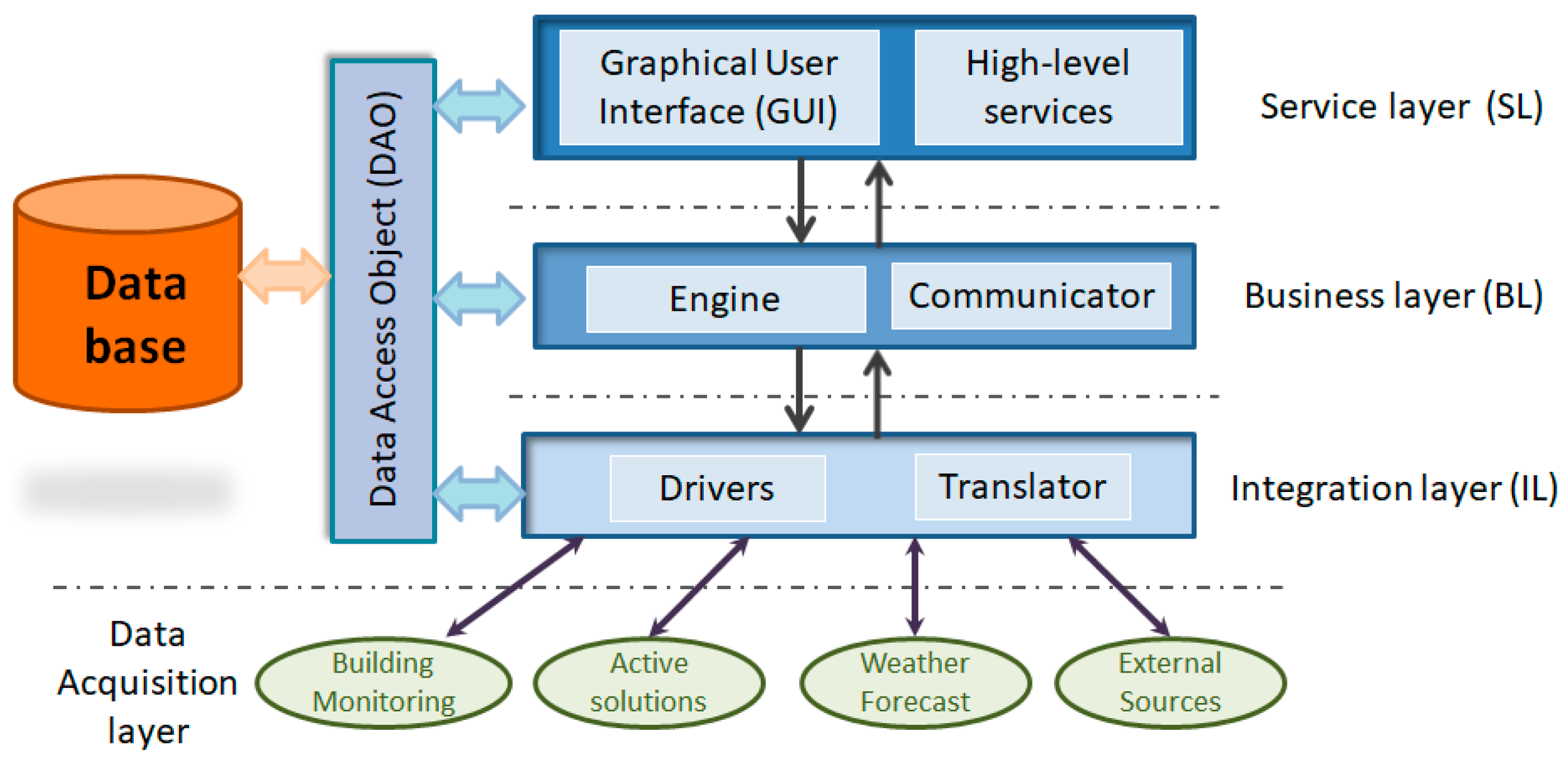How Does Architecture Incorporate Principles Of Energy-efficient Building Management Systems?

A Fuzzy-Based Building Energy Management System has been gaining a lot of attention lately, considering the increasing demand for energy-efficient buildings that utilize automation and control systems to reduce energy consumption. It is an intelligent system that can efficiently optimize energy consumption while maintaining a comfortable indoor environment.
What is Fuzzy-Based Building Energy Management System?
Fuzzy-based BEMS is a system that makes use of a set of algorithms and rules to control and monitor building systems like HVAC, lighting, ventilation, and other building operations. It uses intelligent feedback loops to provide real-time control over a building's energy consumption.
The concept behind fuzzy logic was first introduced in the 1960s, and it is now very popular in many fields of engineering. Fuzzy logic is a mathematical concept that deals with imprecise or vague data. It is a form of reasoning that deals with uncertainty, which is common in many real-world applications.
How Does Fuzzy-Based BEMS Work?
The fuzzy-based BEMS system works by collecting data from various sources in the building, such as temperature sensors, occupancy sensors, and energy meters. The data is then analyzed by the system to identify patterns, trends, and relationships between the data points.
The system then applies a set of rules and algorithms to generate control signals that can optimize the building's energy consumption while maintaining a comfortable indoor environment. The output signals are sent to the building's control system, which in turn adjusts the HVAC, lighting, and ventilation systems to optimize energy usage.
The Advantages of Fuzzy-Based BEMS
Some of the primary benefits of using a fuzzy-based BEMS include:
- Efficient energy usage: Fuzzy-based BEMS provides real-time optimization of energy consumption, which can lead to significant energy savings.
- Reduced carbon footprint: By reducing energy usage, a fuzzy-based BEMS helps to reduce the carbon footprint of the building.
- Improved indoor environment: Fuzzy-based BEMS provides real-time control over the building's environment, resulting in improved comfort for occupants.
- Lower operational costs: Reduced energy consumption leads to lower operational costs for building owners.
Implementing Fuzzy-Based BEMS
Implementing a fuzzy-based BEMS system can involve the following steps:
- Perform a Building Energy Audit: Conduct a thorough energy audit of the building to identify areas that require optimization.
- Collect Data: Collect data from various sources in the building, including temperature sensors, occupancy sensors, and energy meters.
- Develop Fuzzy Logic Rules: Develop fuzzy logic rules to control and monitor building systems like HVAC, lighting, ventilation, and other building operations.
- Integrate Building Systems: Integrate the fuzzy-based BEMS system with the building's control systems for efficient real-time control and monitoring of the building's energy consumption.
FAQs
Can Fuzzy-Based BEMS be retrofitted to existing buildings?
Yes, fuzzy-based BEMS systems can be retrofitted to existing buildings to optimize their energy consumption. Implementing a fuzzy-based BEMS system can result in significant energy savings, even in older buildings.
Are there any limitations to fuzzy-based BEMS systems?
One of the primary limitations of fuzzy-based BEMS systems is the significant upfront investment required for installation and integration. However, the energy savings achieved by implementing a fuzzy-based BEMS system often outweigh the initial investment in the long run.
What are some other automated building systems that can reduce energy consumption?
Some other automated building systems that can reduce energy consumption include:
- Energy-efficient lighting systems
- Smart thermostats
- Occupancy sensors
- Real-time energy monitoring systems
Conclusion
The fuzzy-based BEMS system is an intelligent system that can help building owners optimize energy consumption while maintaining a comfortable indoor environment. By using fuzzy logic to control and monitor building systems, the fuzzy-based BEMS system provides real-time optimization of energy usage, resulting in significant energy savings, improved indoor environment, and lower operational costs. Implementing a fuzzy-based BEMS system involves performing an energy audit, collecting data, developing fuzzy logic rules, and integrating building systems. While fuzzy-based BEMS systems require significant upfront investment, they often result in long-term energy savings that far outweigh the initial costs.



Post a Comment for "How Does Architecture Incorporate Principles Of Energy-efficient Building Management Systems?"